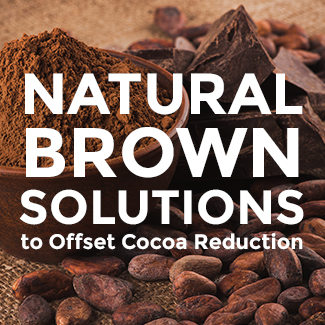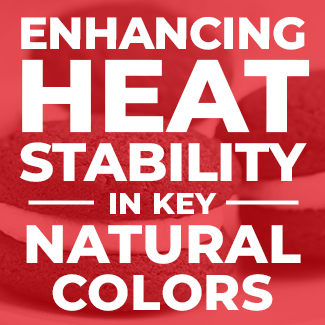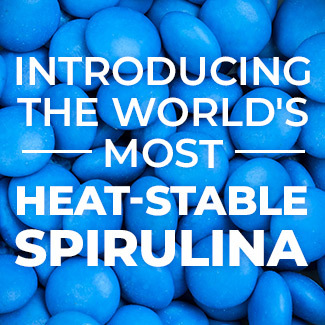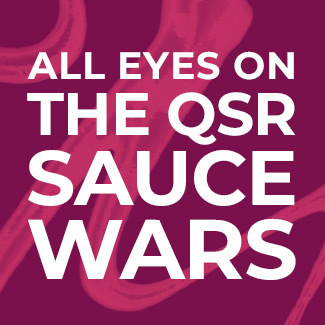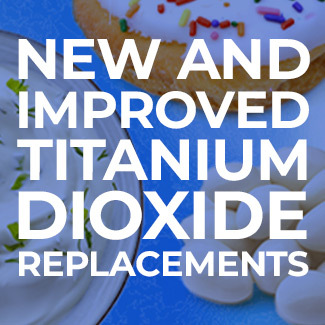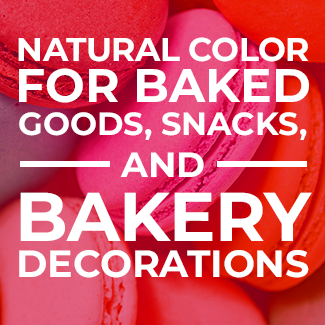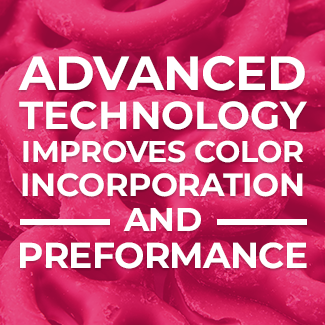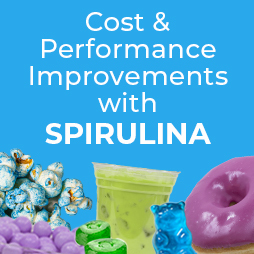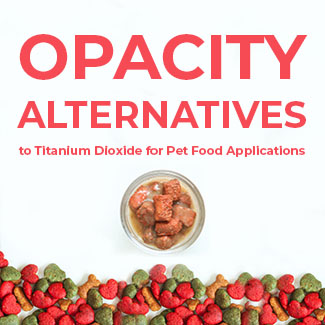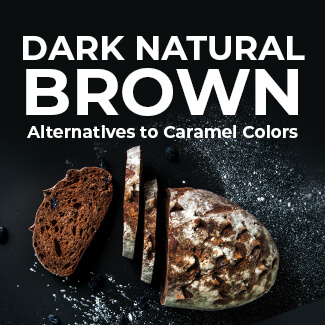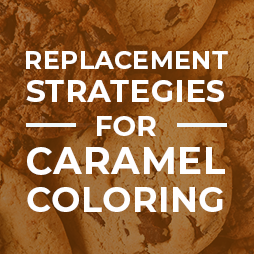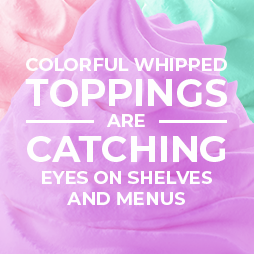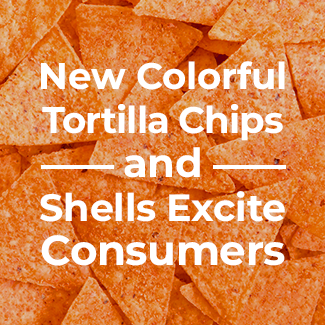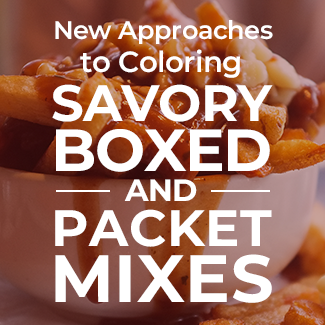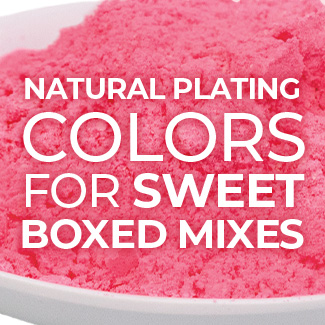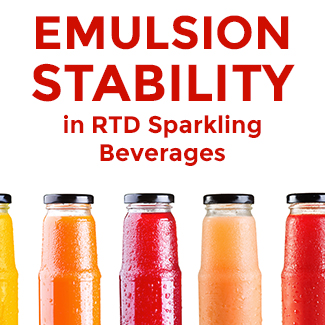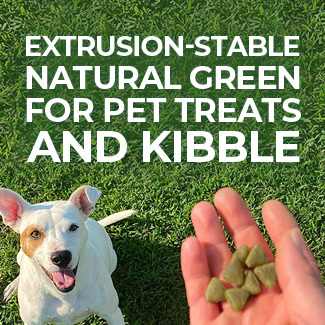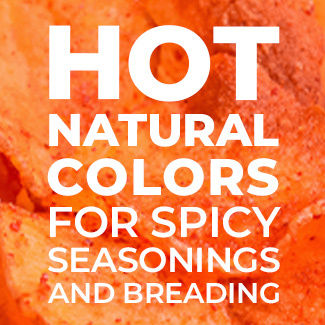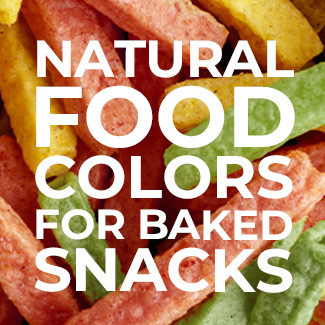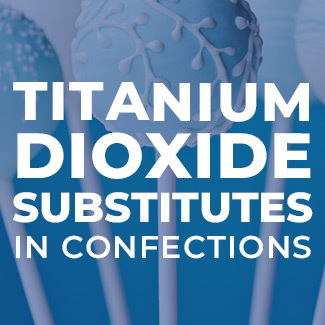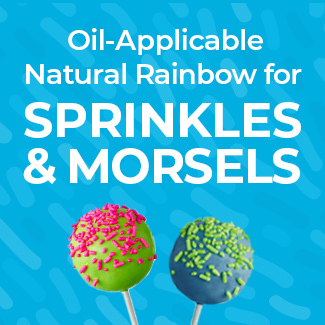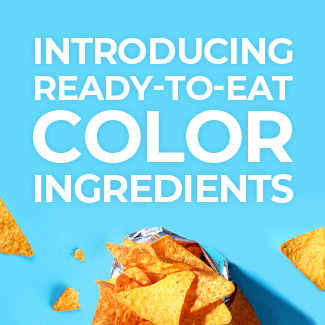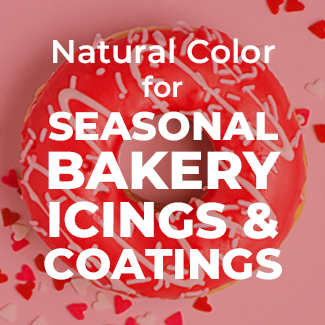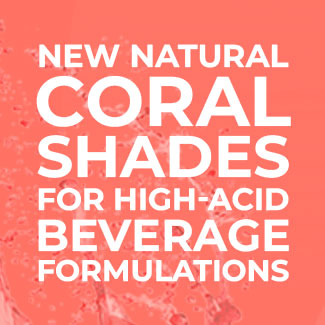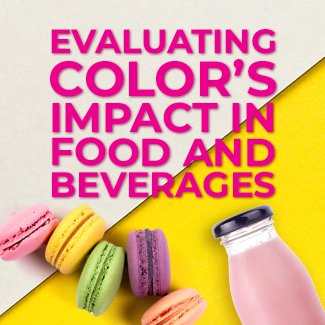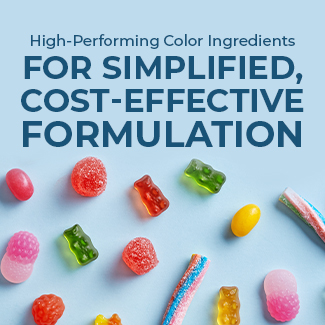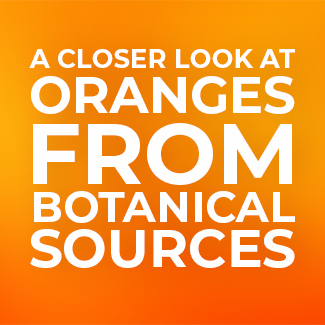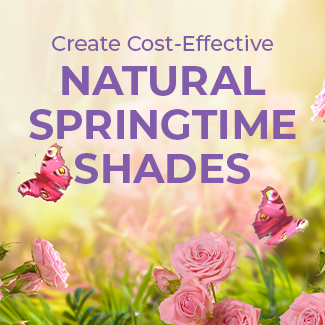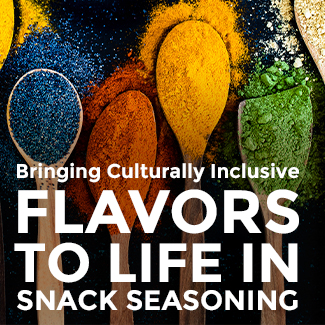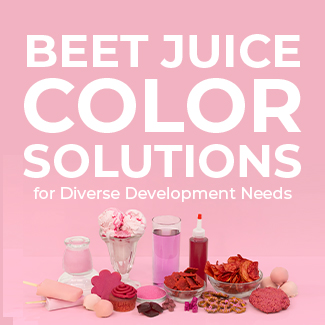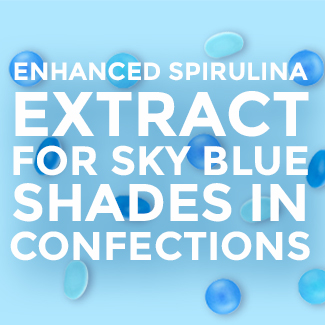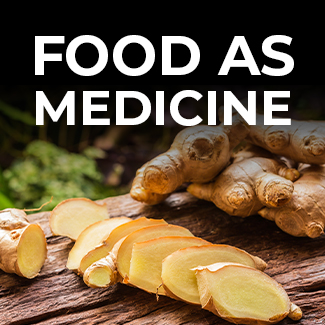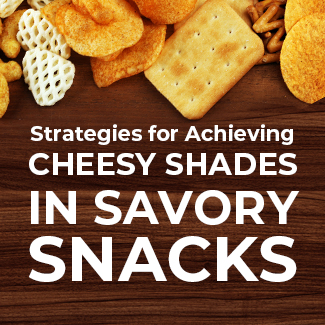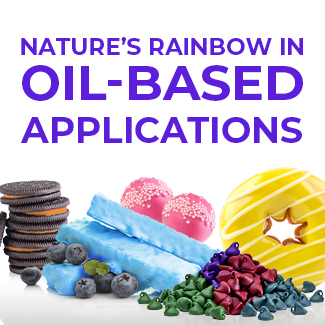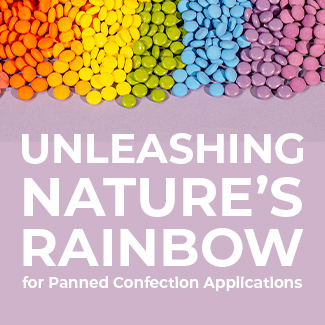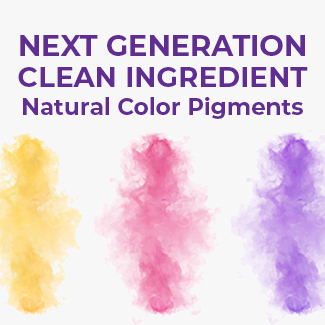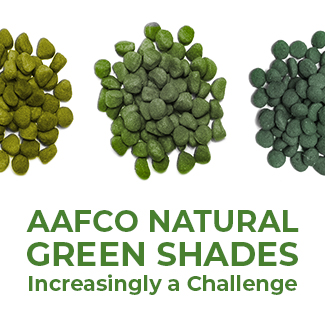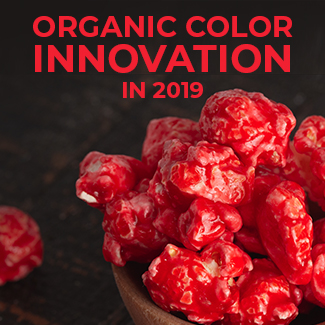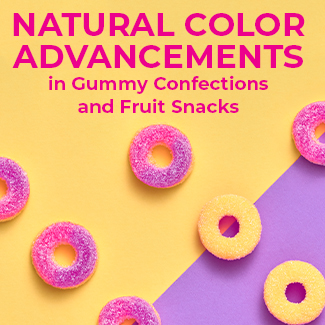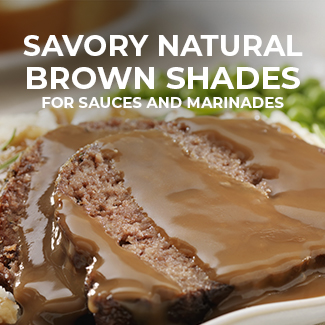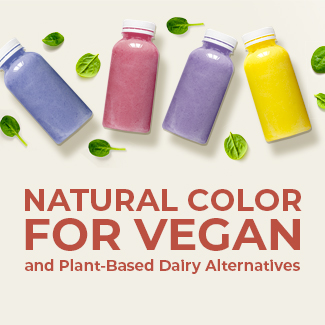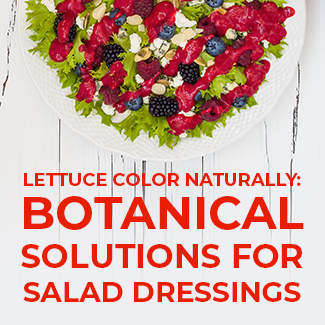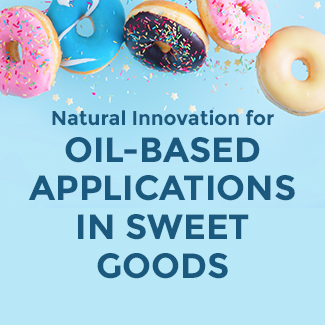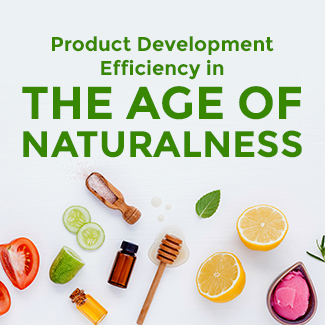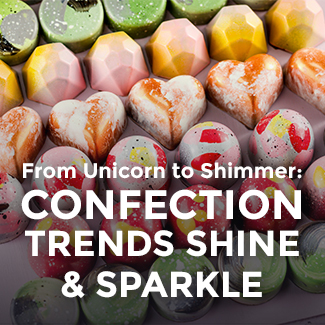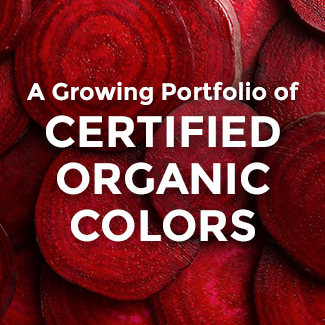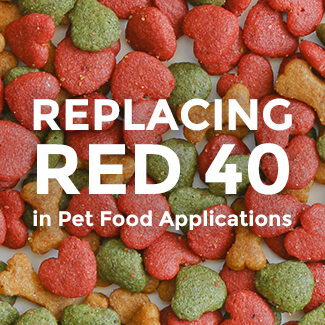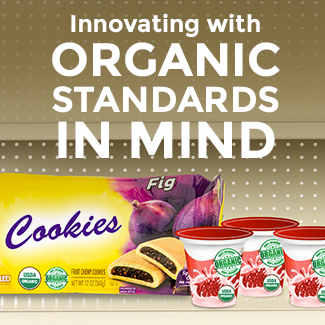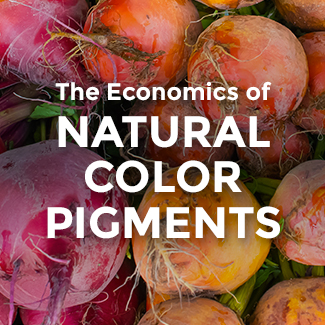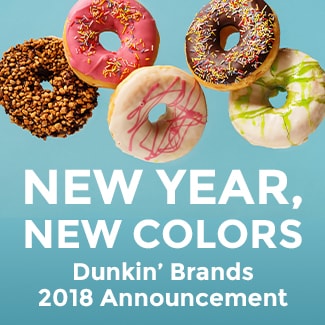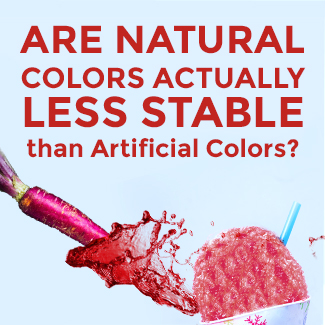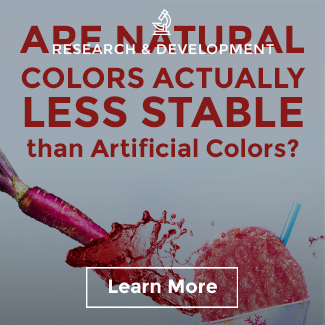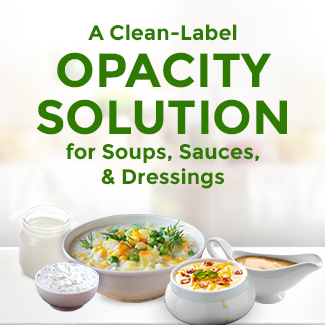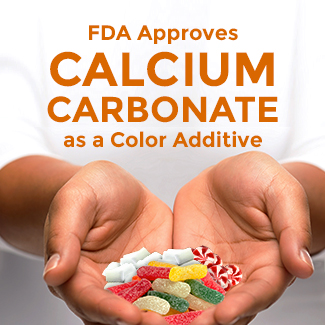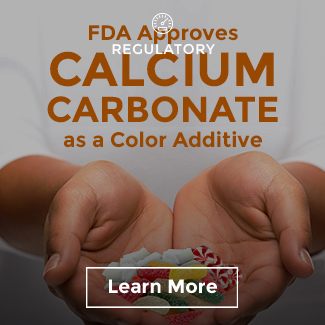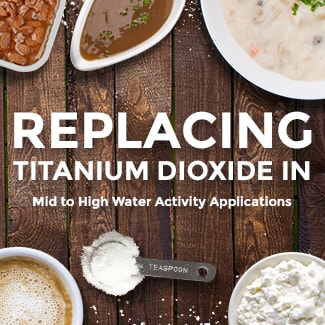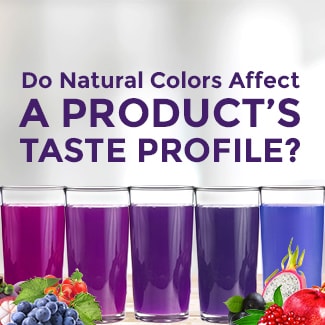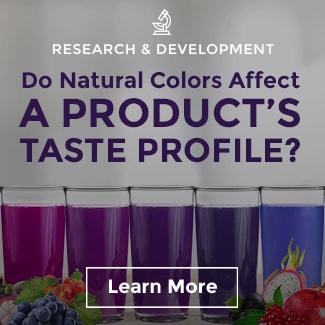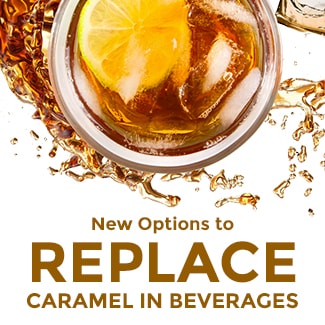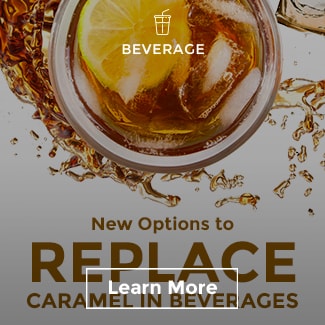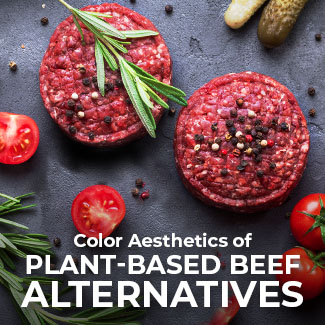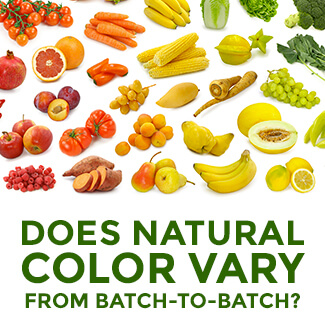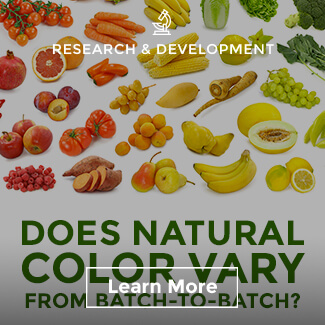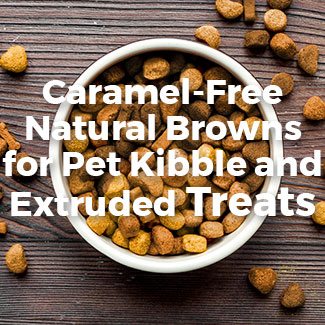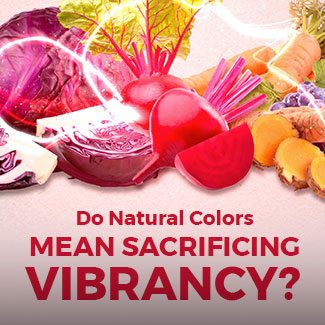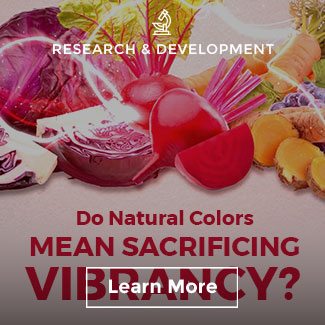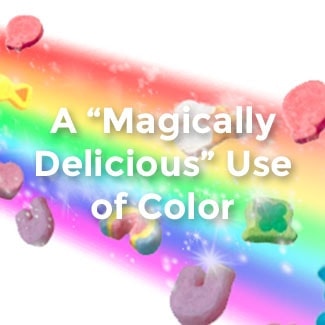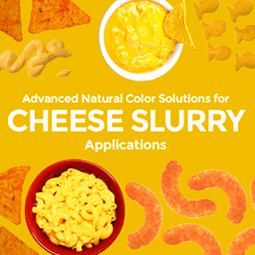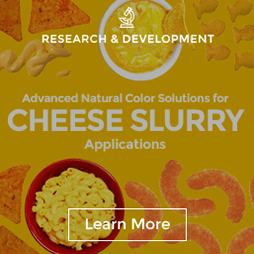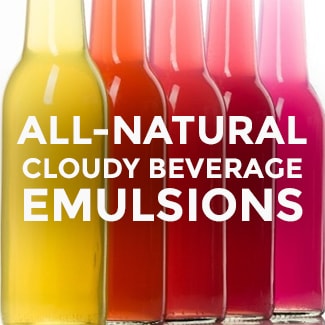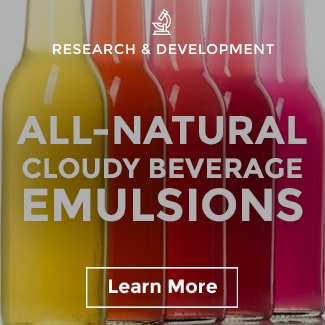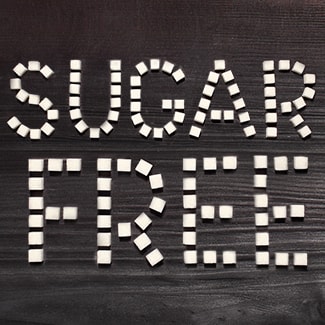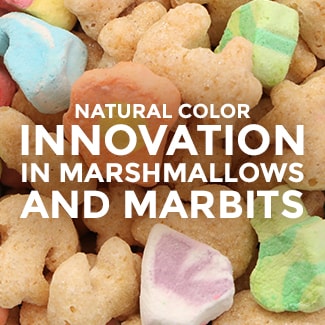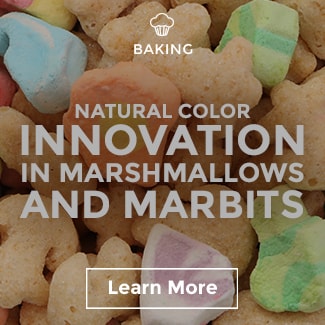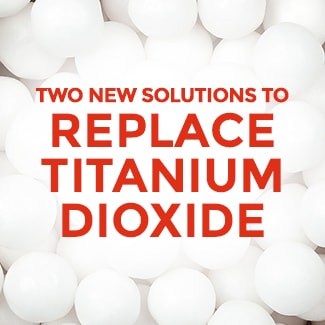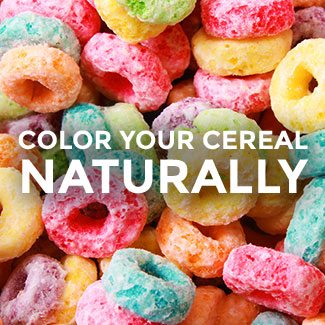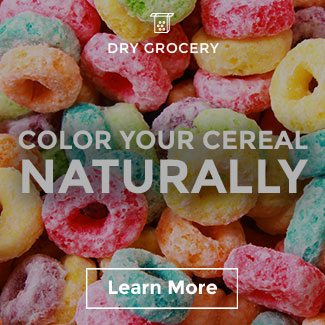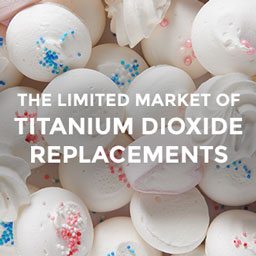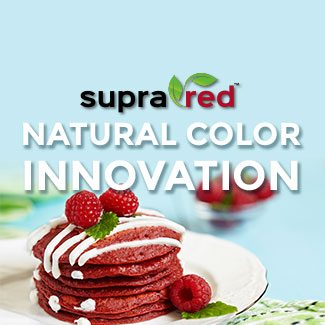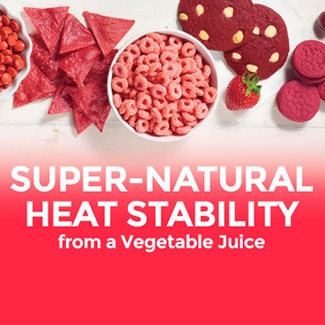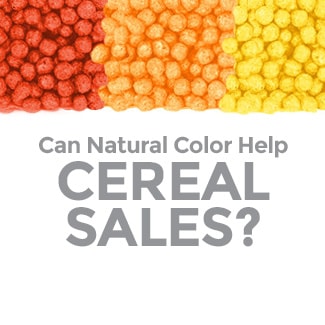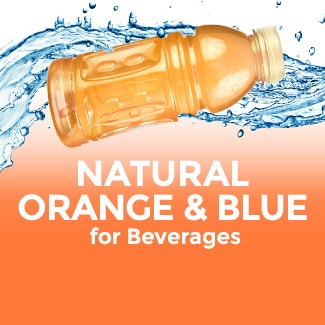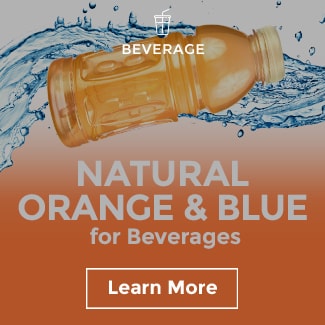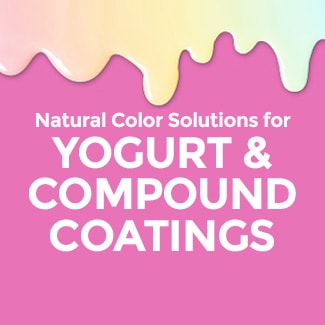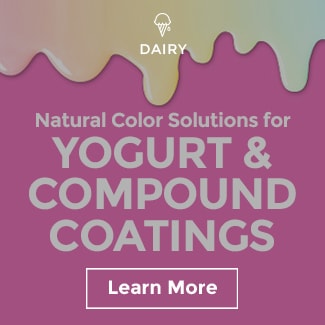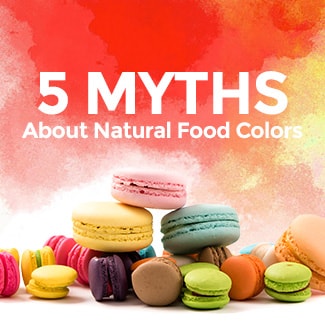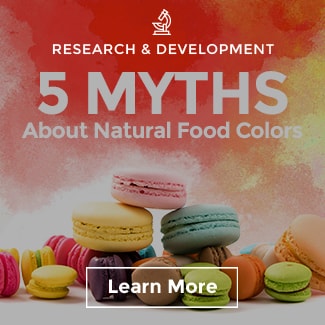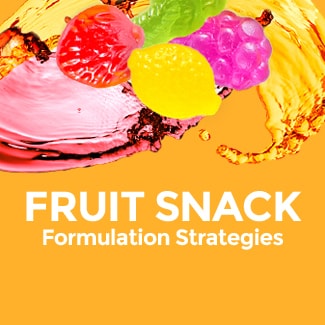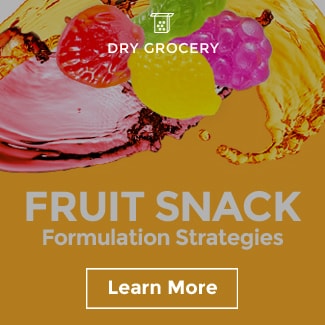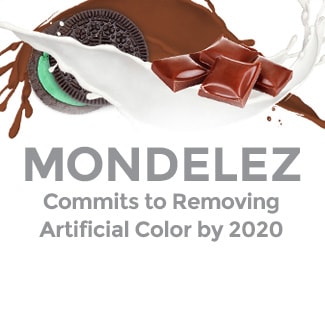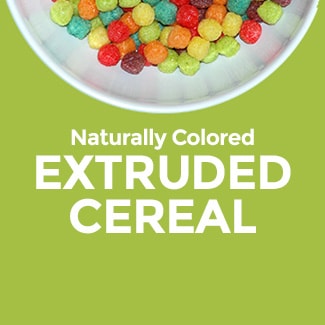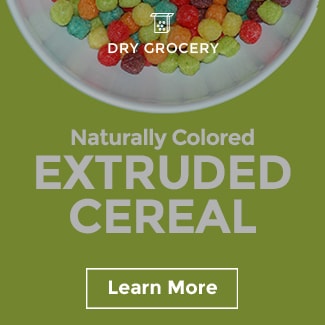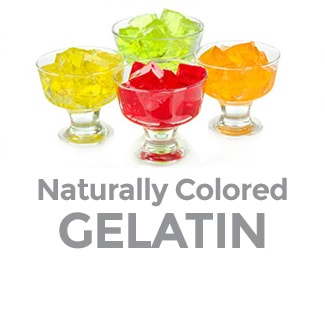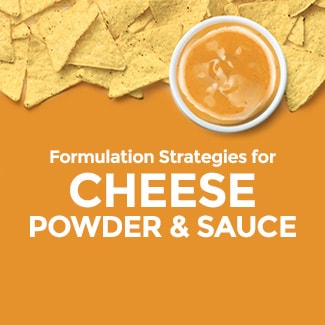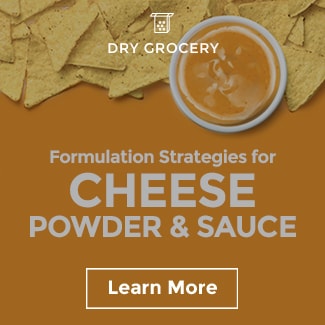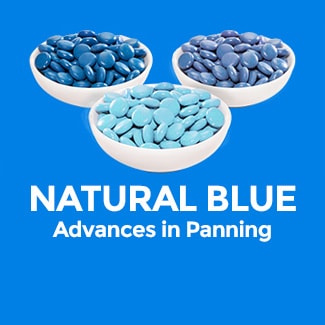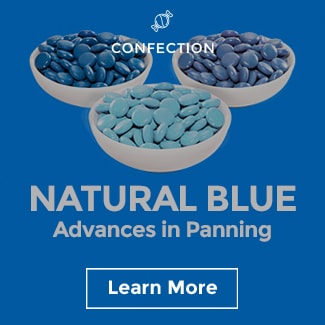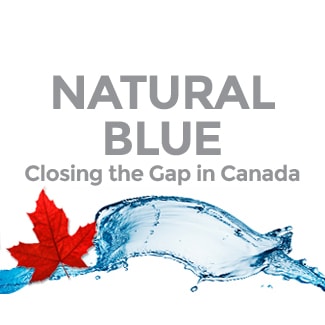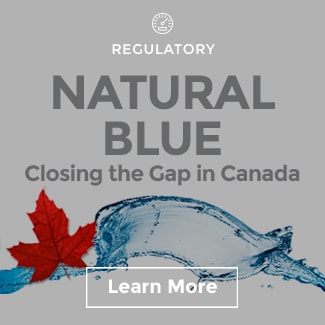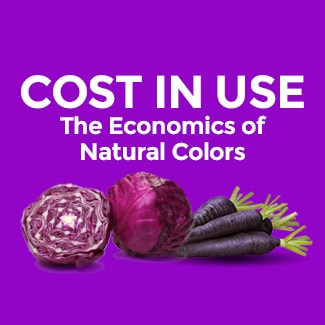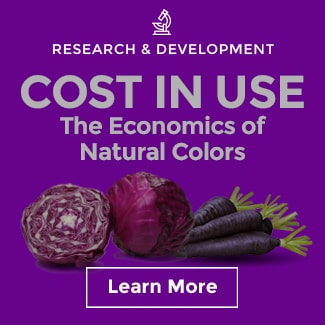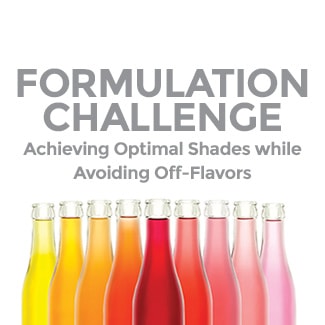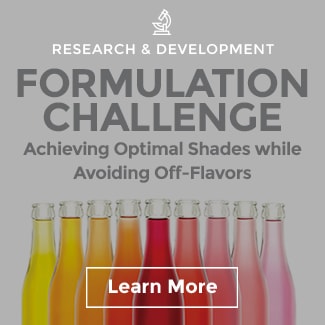Natural Color for Topical Seasonings and Dry-Blend Applications
Activity is Hot in Salty Snacks and Topical Seasonings
Consumers are increasing their snacking habits thanks to a rise in working-from-home as well as a shift towards disrupted dayparts and new consumption schedules. In turn, convenience and excitement in the category has product innovation heating up. Consumers are using salty snacks as meal replacements, supplements, or quick fillers in-between meals (Mintel). It’s not surprising that dollar sales for snack-related categories like tortilla chips, potato chips, and ready-to-eat popcorn are all up over 11% for 2020 compared to 2019.
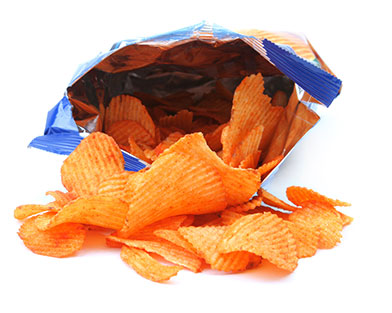
The “naturalness” movement has largely influenced new activity in
seasonings. Brand leaders like McCormick and Unilever have increased the natural credentials in many of their products due to consumer demand for simpler ingredients. NPD has not only been pertaining to packet seasonings but also many savory offerings like puffed snacks and chips that are coated in seasonings.
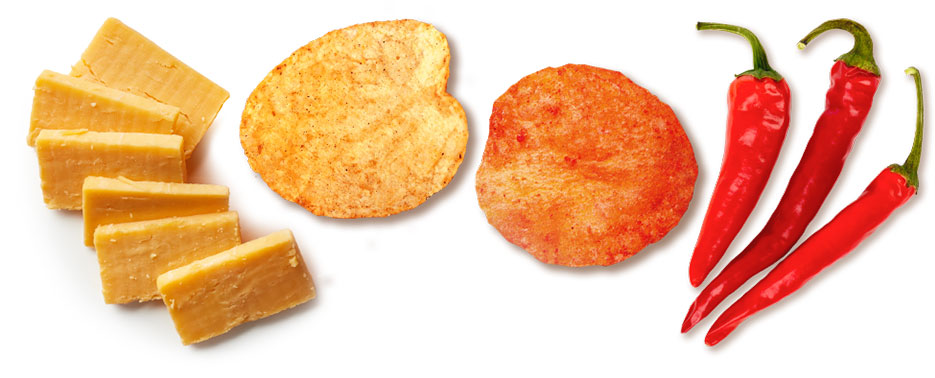
Color plays a critical part in seasonings by bringing all of the different flavor offerings to life through unique shades. One would expect a hot and spicy snack to look different than a cheddar cheese one. Color helps create the expectation of a flavor’s visual appeal in seasonings. Since adventurous and exotic flavors have been a major driver for the salty snack category, the demand for custom natural color shades has been rising. This underlying interest for the natural snack could be a huge opportunity for snack and seasonings developers. There is certainly room for growth in snacks, especially those combining on-the-go convenience, natural ingredients like color from fruit and vegetable juices, and flavor innovation. Ready-to-eat popcorn is a great example of this union, and their sales prove it.
Colorful innovation in this category is a key way brands are catching consumer attention in a crowded aisle. New, never-before-seen flavors and unique colors combine to stand out on shelves.

Brands like Takis®, Doritos®, and Tostitos® have all been innovating recently with new flavors and bold colors like red, blue, and green. These eye-catching hues amplify chosen flavor profiles and connect with consumers’ desire for new experiences that thrill all senses and defy expectations. Elevated offerings in an “everyday” space bring an added level of intensity and excitement that appeals to consumers hungry for adventure. So how can developers unleash the power of nature’s true colors in growing categories like popcorn, chips, and salty snacks?
Clean Label Color for Topical Seasonings and Dry-Blend Applications
Topical seasonings typically land in the neutral pH area, so Lakes, which are stable between pH 4.0-8.0, never really had any performance issues due to pH. In fact, the way a Lake is developed by extending the dye onto an aluminum hydrate substrate makes them ideal for plating grade applications like seasonings or dry mixes. The particle size of the powder helps the Lake evenly coat the topical seasoning, making application to products like chips or popcorn that contain oil/fat more uniform.

Thus, maintaining attractive and bright shades in topical seasonings have never been a factor for food scientists and developers working with Lakes. But, when converting to natural color or launching a product with color from fruit and vegetable juices, you should be aware of a few technical obstacles.

THE PARTICLE SIZE
of standard natural color powders prohibits even coating distribution

HIGH USAGE RATES
typically necessary to achieve desired shade which can impact flavor profile of seasoning

MOISTURE
can affect natural color stability and cause color migration

SENSITIVITY TO pH
can cause color degradation or shade shifting dependent on natural color source
The conversion to natural in topical seasonings can appear complex when compared to the performance of Lakes. However, an innovative solution unique to topical seasonings or dry blend processing applications is available. The Microfine™ technology is an aluminum-free natural color line that simulates synthetic Lakes. Specifically designed for customers who want to switch from certified Lakes to natural color without any compromise on color performance or flavor, this advanced natural color solution uniformly blends in topical seasonings and coats dry products without use of high-shear blending or spray-drying.
The Microfine’s plating grade capability delivers superb visual appeal and intense color shades, reducing the need for high usage rates. In addition, exclusive, custom natural color shades are available to bring any unique flavors to life. Customized packaging is possible with Microfine™ powders for ease of shipping and storing too.
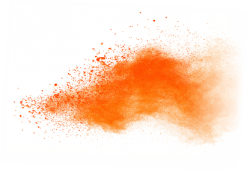
Microfine™ is a good example of our commitment to close the gap between natural color science and certified color technology, so your brand can meet growing consumer demand for clean-label seasonings and snacking products.
Our innovation team is cooking up a NEW natural liquid color solution that delivers highly customized shades, so leading salty snack brands can differentiate their product offerings.
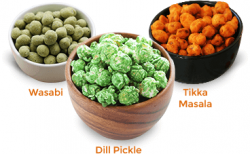
If you have questions about seasonings or snacks, reach out to me and my team — we’re here to help you accelerate your development process and formulate around potential pitfalls! Ready to get started with your next colorful innovation? Request a sample to unleash the power of nature’s true colors in snacks and seasonings.









